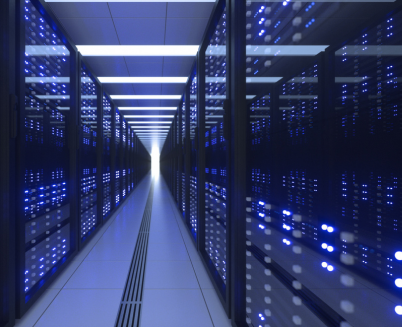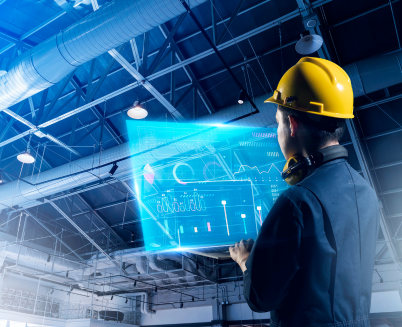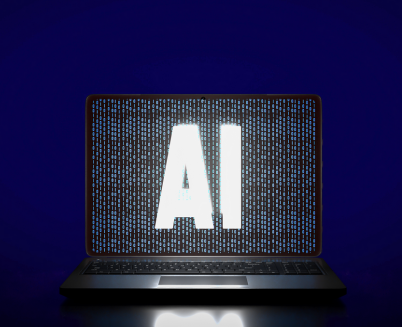Content
Did you know that even small businesses face monthly shoplifting in 75% of cases? Yes, sometimes the losses amount to $500-$2500 per entrepreneur.
In medium and large businesses, such as shopping centers or large-scale supermarkets, this figure is much higher. And traditional anti-fraud methods do not always work here.
Well, today, you will learn about effective ways to protect your commercial business with the help of a retail surveillance system and its variations.
Importance of Security in Retail
If a small business loses $500-$2500 per month to theft, the losses of large-scale shopping centers can amount to five figures, if not more. Yes, some goods are stolen by visitors, but there are also cases of internal sabotage, such as dishonesty of store employees or other staff, organization of schemes, etc.
But in addition to theft, there are other dangers, such as:
- vandalism;
- terrorism;
- fires;
- deterioration in the health of visitors;
- conflicts;
- fraud;
- customer fraud, etc.
Retail security systems should take into account all potential challenges and respond to them in a timely manner. In other words, the human factor should be excluded from the chains of monitoring, tracking anomalies, and responding to them as much as possible. It’s good that we have a ready-made solution now.
The Rise of AI Surveillance in Shopping Centers
AI in the retail industry is nothing new in 2024. However, despite the achievements, the technology still has room to grow.
Smart camera systems, infrastructure with IoT-enabled equipment, such as smoke and fire detectors, motion sensors, and keyless access to office space via smart cards. We can already see all of this at points of sale, shopping malls, airports, and in crowded places.
Most major commercial market players have already implemented similar solutions in their offline networks, but even existing systems still have development potential, which we will discuss later.
Now, you will learn about effective ways to protect retailers with AI-based security platforms.
Enhancing Security with AI Surveillance
AI in retail store-based solutions can become reliable security systems that can handle the most common vulnerabilities. With this type of infrastructure, you can minimize the human factor and automate the response and decision-making process.
For example, when the system monitors a simulated hall and sees an anomaly, such as smoke, a fire source, suspicious human actions, or atypical behavior, it automatically transmits a notification to the control room of the relevant service.
And this is not all the capabilities of retail video surveillance platforms. Next, let’s look at typical use cases for smart cameras and other IoT equipment to protect commercial businesses and points of sale.
Threat Detection
The system can recognize any threats if you train the LLM at its core correctly. For example, it detects suspicious and atypical movements of people, deviations from typical behavior. It also recognizes anomalies such as fire, smoke, and flooding through an additional network of temperature sensors and cameras.
Monitoring takes place in real-time, and data is transmitted to monitoring stations. For example, if a fire is detected, the manager in charge of the department, the personnel, security and fire services, and the ambulance are notified.
If there is a case of atypical behavior, such as a sudden fall of a person, a fight, or an attempt to hide goods, security, the police, and in the first two cases, an ambulance is notified. And that’s not all.
Crime Prevention
The better the LLM is trained in the security system, the more useful artificial intelligence in the retail business will be. For example, when your solution encounters atypical human behavior on a daily basis, and the recognition accuracy is supported by manual correction, the system starts to work proactively over time.
In some futuristic works, you might have seen artificial intelligence proactively alerting the police to the risk that a certain person will commit a crime within a certain time frame, even though there are no visual grounds for such a conclusion. Even the current first generation of artificial intelligence can be trained to achieve approximately the same state.
Just imagine that your retail artificial intelligence will identify potential intruders by facial expressions, gestures, and behavioral patterns and notify the relevant staff.
But you don’t think that infrastructure solutions of this kind are created only for security, do you? There is another side that may interest you even more than protecting your store from shoplifting.
Optimizing Retail Performance through AI Surveillance
Do you know how else you can use computer vision applications in retail? For example, to monitor customers and their behavioral patterns and preferences and analyze this information.
Why: To personalize the shopping experience of visitors to points of sale and thus increase the profitability of your business.
Let’s take a closer look at several methods of applying AI in the store security infrastructure in the context of information collection and research.
Customer Behavior Analysis
Your video surveillance systems can collect valuable data, such as how customers behave in different departments, under what conditions they take a product, under what conditions they return it to the shelf, how the placement of items on the counter affects them, etc. Yes, this is more of a marketing component of sales, but with modern AI-based systems, you can collect valuable information faster and convert it into increased profits.
Foot Traffic Monitoring
You can also create a map of customers’ movements in the store. For example, if you use special IoT devices, such as a floor with load sensors, you can determine where visitors accelerate, stop, and look at the goods. This will show you the demand for products, as well as allow you to identify patterns and adapt your sales strategy to increase profits.
Purchase Patterns and Preferences
Yes, it’s about marketing again, or rather about collecting information with audio and visual confirmation about the dependence of people’s purchases on various factors. In particular, on the days of the week, time of year, holidays, placement of goods on shelves, their utilization, and window decoration.
In fact, integrating artificial intelligence into video surveillance systems will provide you with more detailed information about shopping patterns than any analysts physically present in the stores.
Improved Inventory Management
Smart cameras and IoT equipment in stores, technical rooms, and warehouses not only prevent theft but also notify you in a timely manner of shortages or illiquidity. This way, you minimize the human factor and can respond to various challenges in a timely manner. For example, you can predict sales and update your assortment with the best-selling products and goods in a timely manner, apply successful sales strategies, and more.
Predictive Analytics for Demand Forecasting
It is clear that it is impossible to predict and take into account absolutely everything. However, it is possible to collect and analyze data and build statistically supported forecasts of demand, sales, seasonal booms, etc. In fact, all the previous capabilities of AI surveillance systems are designed to accumulate information, including marketing data, process it, and transform it into a successful sales strategy.
Ethical Considerations and Privacy Concerns
Computer vision retail analytics is a very effective tool for business owners. However, such solutions are not always adequately perceived by customers. For example, you may receive complaints or even lawsuits for surveillance, using information about visitors without their permission. The situation will be especially bad if this data is stolen by your competitors or intruders.
Data Privacy Issues
Storing customer information, surveillance video, etc., can be quite dangerous, especially if the data is not protected. In this case, it can be stolen and used in certain ways by unscrupulous people. That is, the threat to privacy can become one of the counterarguments when deciding to modernize the security infrastructure of a store, shopping center, etc.
Balancing Security and Customer Trust
Another issue is the ethical side of creating a highly effective security solution. Trust from customers is built on trust in themselves and their UX. If the customer is satisfied, then generally agrees with the security policy of the establishment, but if not, becomes aggressive, demands to remove the cameras, and comments on violations of privacy. To remove any potential approaches to challenging the legitimacy of surveillance at points of sale, it is worthwhile to write this clause in the company’s charter and notify all visitors about open and hidden filming.
Conclusion
The security of shopping centers, entertainment venues, logistics hubs, and public places in general should be the number one concern for business owners. It’s not just about shoplifting or conflicts but rather about protecting people from potentially life-threatening situations.
At AdvantISS, we are constantly working on various products, including developing modern security solutions based on smart cameras and IoT equipment, such as motion sensors, fire detectors, etc. Most of the customers of such systems are businesses that serve masses of visitors and customers in a short period of time.
Therefore, if you want to protect your business, its budget, and its reputation, you should take care of creating a high-quality security infrastructure with AI components. And we will help you with this!
Contact our manager for a consultation.




